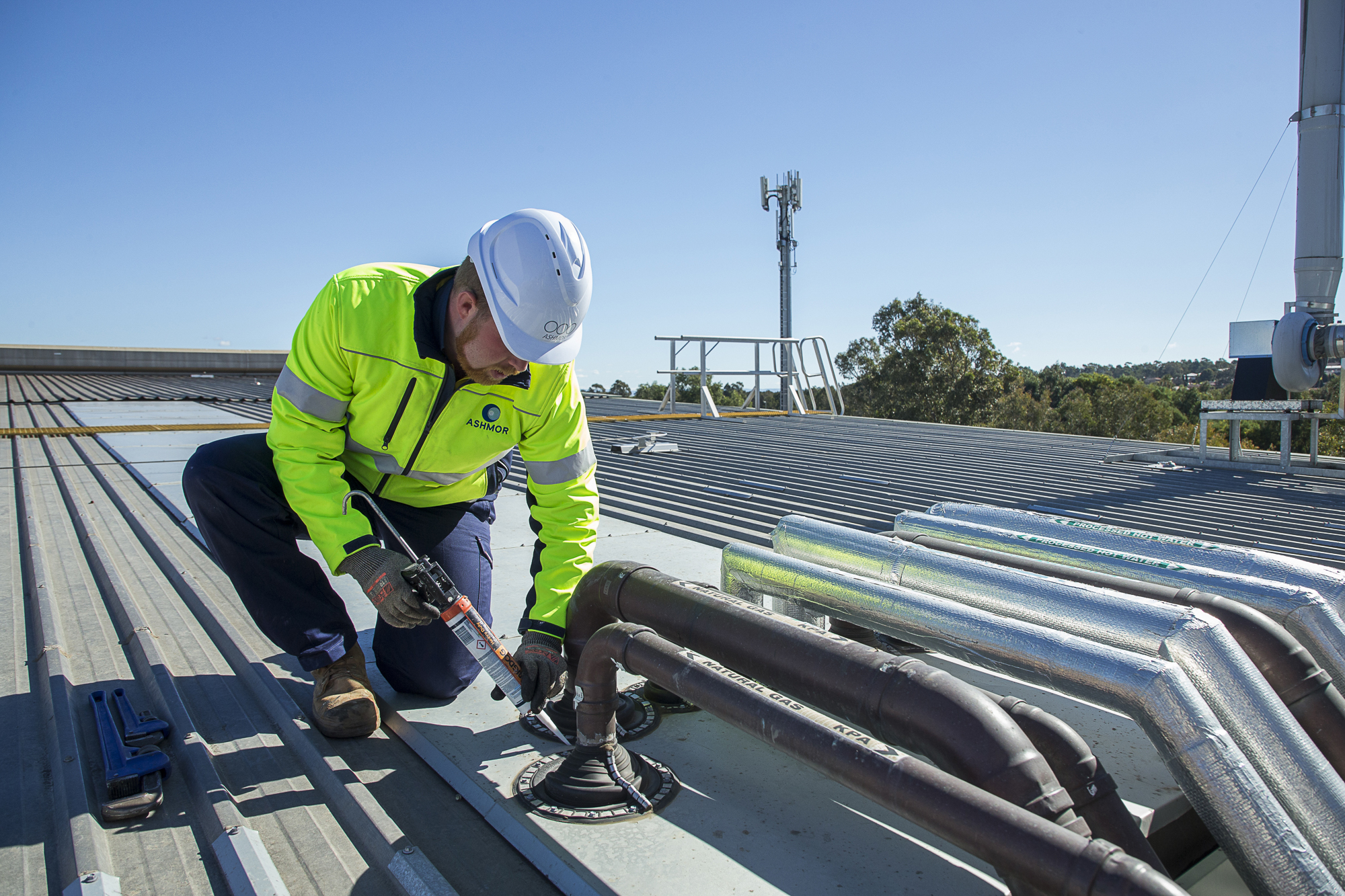Roof inspections are essential for figuring out potential issues and making certain the longevity of your roof. Regular inspections might help detect issues early, preventing costly repairs or replacements down the line. Here are some common methods and steps for conducting a roof inspection:

Visual Inspection:
a. Exterior Inspection:
Start by inspecting the roof from the ground utilizing binoculars or by safely climbing onto a ladder to get a closer look.
Look for seen signs of damage, corresponding to lacking or damaged shingles, curling or buckling shingles, or free or deteriorated flashing around roof penetrations.
Check for particles, moss, algae, or lichen progress on the roof, which can indicate moisture-related issues.
Inspect the gutters and downspouts for granules from shingles, as extreme granule loss can signal shingle put on.
b. Interior Inspection:
Go into the attic or crawl house and inspect the underside of the roof deck for indicators of leaks, moisture, or water stains.
Look for daylight coming via cracks or holes within the roof deck, which may indicate roof injury.
Check for signs of insulation harm, mould, or mildew growth, which may outcome from roof leaks.
Roof Walk:
a. If it is safe to take action, walk on the roof floor to examine it up close.
b. Be cautious and wear acceptable security gear, corresponding to non-slip shoes and a safety harness if needed.
c. Look for any soft or spongy areas, which could indicate underlying injury.
d. Check for loose or broken roofing supplies, in addition to indicators of wear and tear.
Moisture Detection:
a. Use a moisture meter to detect hidden moisture within the roof structure and insulation.
b. Moisture detection can help establish leaks or areas of potential water intrusion that is probably not seen.
Drone Inspection:
a. Drones equipped with cameras can present a comprehensive view of the roof surface with out the need for direct physical access.
b. A drone inspection can be especially useful for bigger or hard-to-reach roofs.
Professional Inspection:
a. Consider hiring a professional roofing contractor or inspector to conduct a thorough inspection.
b. Professionals have the expertise, tools, and experience to establish points that will not be obvious to a home-owner.
Documentation:
a. Document your findings with pictures and notes to create a document of the roof's condition.
b. Visit the website could be helpful for tracking changes over time and for insurance claims or repairs.
It's important to carry out roof inspections frequently, ideally a minimum of every year, and after extreme climate occasions like storms. Additionally, when you're not comfortable or assured in your capacity to perform a roof inspection safely, it is advisable to rent a certified roofing professional to make sure a radical and correct assessment of your roof's condition..
